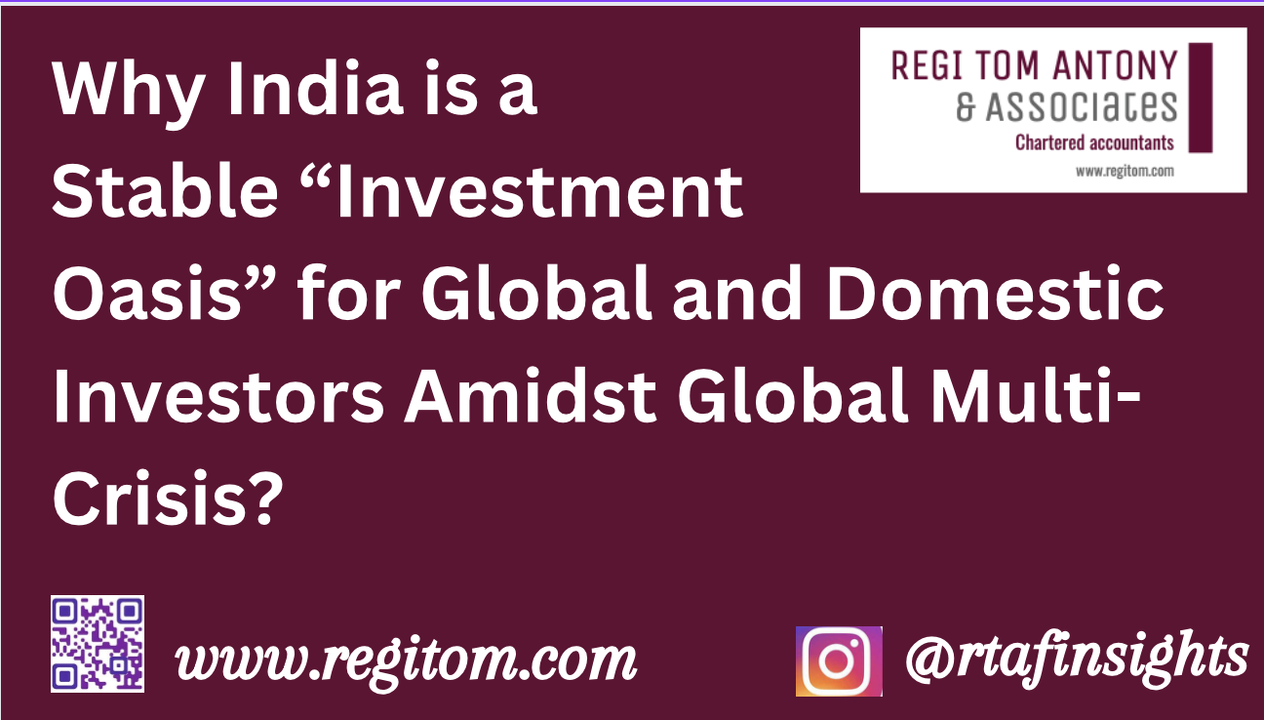
In today’s global economic landscape, marked by persistent volatility and myriad crises—ranging from geopolitical tensions to financial instability—India emerges not just as a burgeoning market but as a veritable oasis of investment stability. The subcontinent's economic resilience and growth trajectory present a compelling case for both domestic and international investors looking to diversify and stabilize their portfolios.
India's Market Resilience
India’s stock market exemplifies its robust economic framework, boasting 100 stocks with a market capitalization exceeding $10 billion. This statistic places India closer to China’s 124 large-cap stocks in the CSI 300 index and significantly ahead of other emerging markets like South Korea and Taiwan. This scale of market capitalization is indicative of India’s substantial corporate sector and its growing influence in the global economy.
The Allure of Thematic Investing in India
While traditional market capitalization-based investments dominate, India shows potential for thematic investing, which remains underexploited. Thematic investing involves selecting assets based on future potential across various sectors, rather than traditional metrics alone. Sectors such as consumption, healthcare, and financials, and themes like manufacturing, are ripe for growth and offer innovative avenues for investment that could yield long-term benefits.
The expansion of thematic funds, now valued at ₹2.92 trillion, signals a maturing appreciation for diversified investment strategies. Unlike cyclical sectors, themes can provide more secular growth opportunities, less tied to the economic cycles and more to long-term trends, such as India's transition into a consumption-driven economy.
Multi-Generational Shifts in Asset Distribution
Investment approaches in India have evolved significantly across generations. The shift from a reliance on pensions and fixed income investments to more dynamic equity and mixed-asset portfolios reflects broader economic changes and the advent of a more informed, internet-savvy generation. This generational shift underscores a broader trend towards increased risk-taking capacity and a focus on higher returns, facilitated by greater access to information and financial literacy.
India in the Emerging Market Landscape
In the context of emerging markets, India stands out for its favorable demographics, low debt levels, and strong policy environment. These factors not only enhance India's attractiveness as an investment destination but also buffer it against the kind of economic shocks that have destabilized other emerging economies.
Strategic Advice for Investors
For new-age investors, the key is to begin with a clear understanding of the purpose of their investments. Creating diversified portfolios that align with personal and realistic life goals can turn the abstract concept of investing into a concrete, actionable strategy. Early and purposeful investing, bolstered by a keen understanding of both traditional and thematic opportunities, will be crucial in leveraging India’s economic stability.
Capitalizing on India’s Investment Potential
Investors, both global and domestic, should consider India as a strategic component of their portfolios. The country’s economic stability, coupled with its growth potential, offers a unique combination of safety and growth. Engaging with India’s market now, especially through thematic investments that tap into its long-term growth sectors, could provide significant returns. Staying informed and adaptable, leveraging India’s strong policy environment, and maintaining a diversified investment strategy will be key to capitalizing on what India offers as a stable investment oasis amidst global uncertainty.
Investing in India is not just an opportunity; it's a strategic imperative in a world where economic stability is increasingly precious. This article is for informational purposes only and should not be construed as investment advice. Our firm provides assistance to investors in navigating the investment landscape in India.
 11 Jul 2024
11 Jul 2024